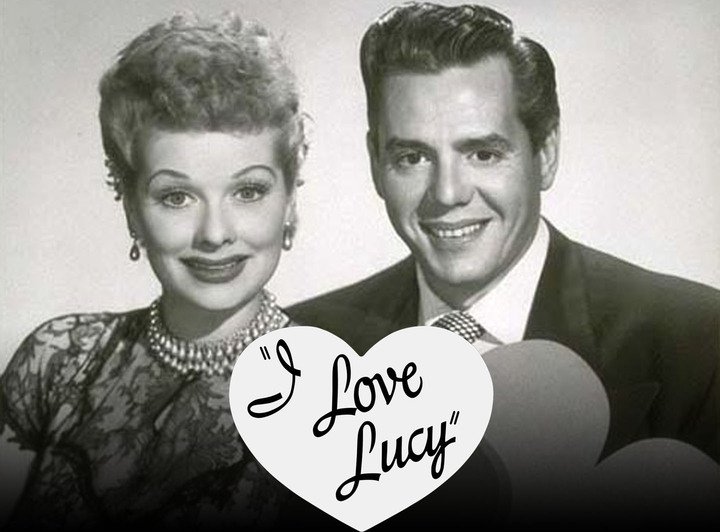The Korean War began on June 25, 1950, when the North Korean People's Army attacked across the 38th parallel set by the Soviets and the United States as the border between two Koreas. In defense of South Korea and to contain communism, the United States intervened.
Although South Korea was not a member state of the United Nations, sixteen states supplied direct military personnel, while the other five provided ambulances and other medical technology. The United States intervention fell under the umbrella of the UN intervention force, and it supplied up to 140,000 direct combat personnel at one time during the course of the conflict. The Soviet Union might have vetoed UN action with its position as a permanent member of the security council, but the Soviet representative Jacob Malik had begun boycotting the Security Council after failing to pass a referendum to expel Nationalist China from the UN. Thus, the Security Council passed a 9-0 condemnation of the war and led to "police action".
In actuality, much of the war was fought with US resources. Not only did it contribute the most manpower, but also provided air, naval, artillery, and military infrastructure for the other countries. In fact,
"nearly 90% of all army personnel, 93% of all air power and 86% of all naval power for the Korean War had come from America."
US General Douglas MacArthur assumed the commanding position for all combined forces.
Korea lay within the US's interests mainly due to the Soviet expansion of power from a successful atom bomb test and US efforts around the world of containment under the Truman Doctrine, which had recently suffered a major setback in Asia due to China's civil war.
Although immediately after the North Korean invasion, South Korean forces were pushed to the southeast to Pusan, UN forces did not concentrate in that area. Instead, on Sept 15 1950, they attacked and Inchon, a port city close to the capital of Seoul. Cut in two, the North Korean offensive was destroyed, and MacArthur chose to push into North Korea in order to reunify the Korean states. However, as the UN closed in on the Yalu River, the border between North Korea and China, Chinese forces attacked and forced a stalemate.
The UN's quick and decisive action in Korea can be contrasted with the League of Nations' inability to fix similar crises, like the occupation of the Ruhr region.
Sources
"Korean War," HISTORY, http://www.history.com/topics/korean-war
North Korea, "United Nations Forces in the Korean War," Australia's Involvement in the Korean War, http://korean-war.commemoration.gov.au/armed-forces-in-korea/united-nations-forces-in-the-korean-war.php
7-21-2015, "US Enters the Korean Conflict," National Archives, https://www.archives.gov/education/lessons/korean-conflict/
"Soviets boycott United Nations Security Council," http://www.history.com/this-day-in-history/soviets-boycott-united-nations-security-council
History Learning Site, 5-26-2015, "The United Nations and the Korean War," http://www.historylearningsite.co.uk/modern-world-history-1918-to-1980/the-united-nations/the-united-nations-and-the-korean-war/
History Learning Site, 3-17-2015, "League of Nations Failures," http://www.historylearningsite.co.uk/modern-world-history-1918-to-1980/league-of-nations-failures/


